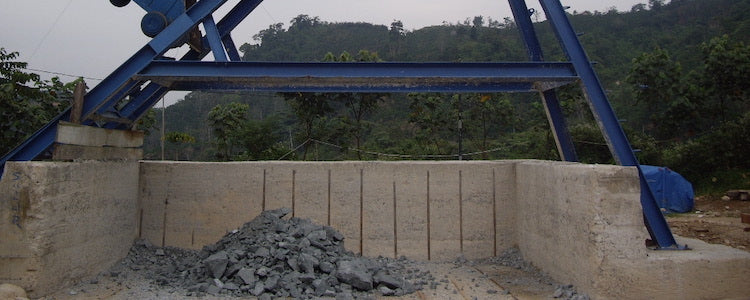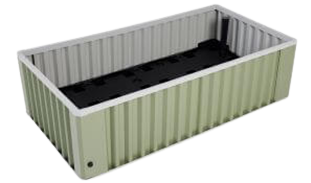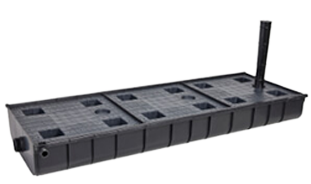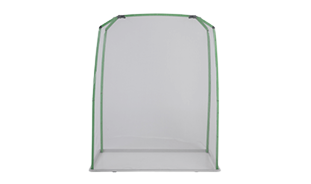Posted on: 26 May 2019 by Ian Collins
The environmental impacts of Scoria and other materials for wicking beds
River sand is more widely available than scoria, but it is probably less functional than scoria as a wicking bed reservoir medium. The same can be said for gravel. And what about recycled plastic?
Permaculture design teaches us to think about the problem and make it the solution. So, I decided to think a little more about the various ways in which people construct their wicking beds.
Sand mining, however, is causing massive environmental damage globally. It is, believe it or not, the largest mining activity globally, making up 85% of all mineral extraction. The sand mining industry is largely unregulated and causes significant damage to coastal ecosystems and harms river systems, often changing the direction of water courses and draining lakes with significant effects on fish stocks. While the volume of river sand used in wicking beds is insignificant compared to that used in the construction industry, it still contributes to the problem.
In wicking bed construction some argue that scoria is slightly more effective than river sand and gravel as a medium for creating the water reservoir, because it can hold more water. Scoria mining, however, while much smaller in scale in comparison to sand mining, still creates surface damage to the environment and can impact ground water quality and surrounding eco systems.
Environmental Concerns
If you are building a wicking bed in your garden, it is worth pondering these issues before deciding on the method of construction you are going to use. Some of our biggest environmental problems are:
- loss of topsoil, which is exacerbated by deforestation, broadacre farming and mining;
- changes to our water courses and the degradation of our coastal wetlands, which are made worse by river dredging;
- global warming, where one of the largest contributors is methane gases from landfill; and
- the floating islands of plastic in our oceans.
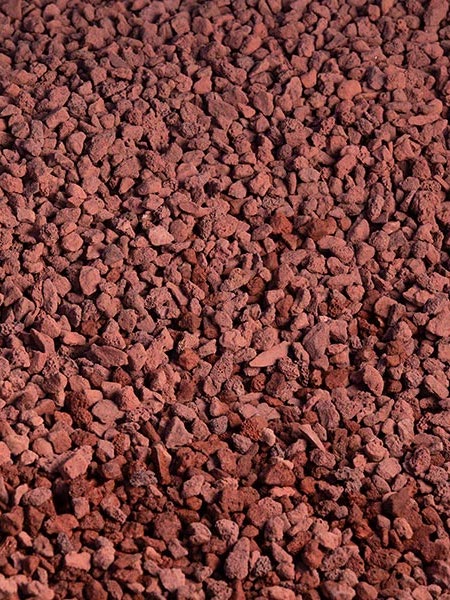
We encourage you to consider the environmental impact of the materials you use when building your wicking bed. The use of recycled plastic to form the reservoir in wicking beds, rather than using river sand or scoria, makes complete sense from an environmental and permaculture design perspective. The use of sand and scoria both add to our environmental problems rather than help solve them.
Most environmentally friendly option is recycled plastic
At WaterUps® we use recycled plastic exclusively in the moulding of our wicking cells. Not only does this help in a small way to reduce the amount of plastic in land fill and in our oceans, but by using a recycled plastic moulded cell we also achieve a larger water reservoir for wicking beds.
Since we wrote this blog we have done additional research on scoria, river sand, gravel and along with plastic using Perlite for wicking beds – with the latter a clear winner. You can read all about that here.
If you currently have a scoria bed you can retro-fit it with WaterUps® and put the scoria to good use in other parts of the garden. A couple of shovel fills of scoria can be added to your compost bin, for example. Scoria, like biochar, has a vast surface area and complex pore structure that is ideal for creating a home for microbes in your compost and soil.
I would be keen to hear other suggestions for reusing sand and scoria in your garden. Please email me at ian.collins@waterups.com.au and I will give you a 20% discount on your purchase of WaterUps® cells up until 30 June 2019 to make it cheaper for you to retrofit your wicking bed.

